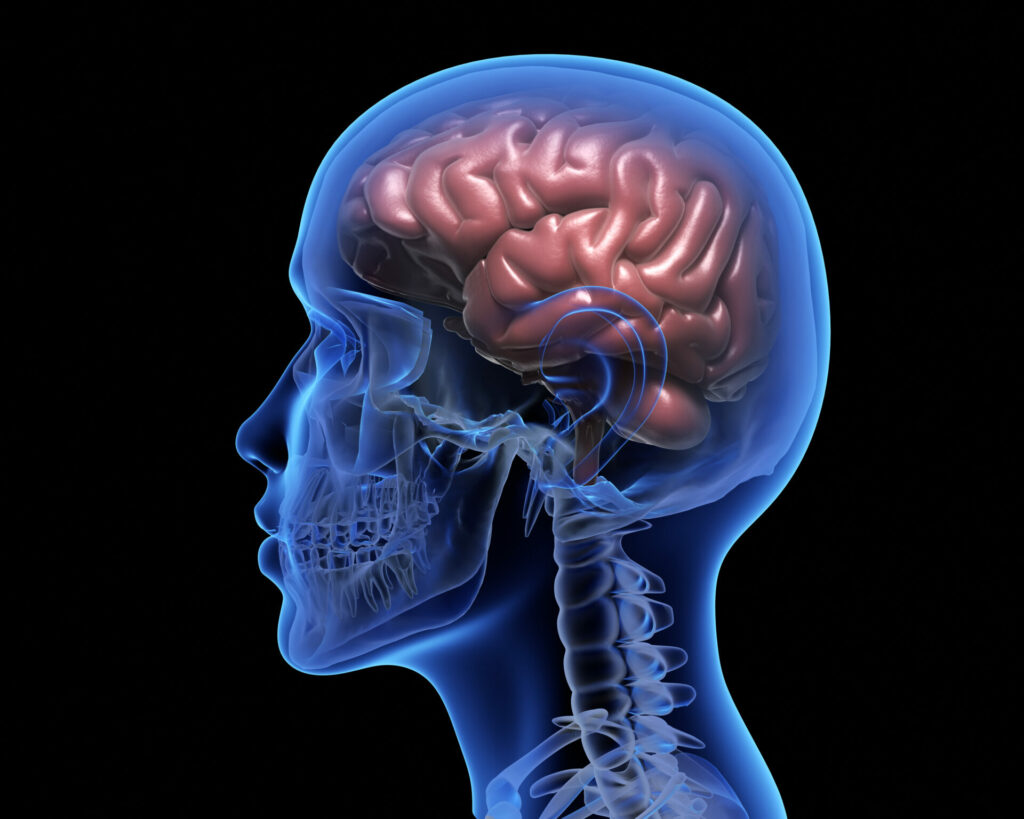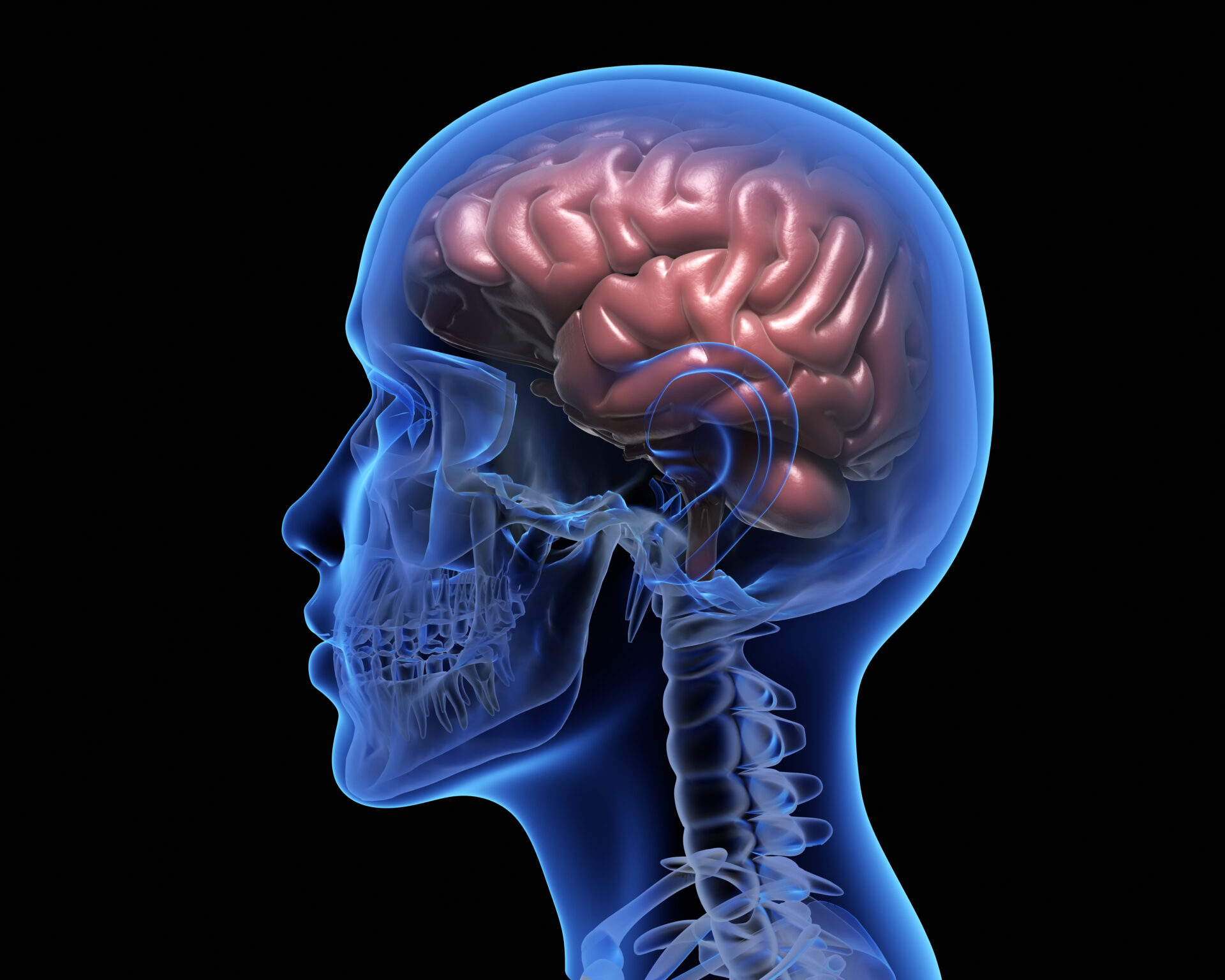Why the Cost of a Human Head has Plummeted
By Steve Grubbs

Reading this month’s article from The Economist, was a bit jarring, though not surprising as they discussed the marketplace for human bodies and body parts used in academic instruction. They started with this paragraph:
“The cost of a human head will set you back about $640. An arm is less: that costs roughly $430. A leg, by contrast, is $1,600; while a torso costs around $2,000. A hand, however, is a mere $300. Postage and packaging, as so often online, add considerably to the cost of these American imports—at times to the tune of thousands of dollars. And not wholly without reason, for transporting fresh-frozen corpses can be tricky: they need a lot of ice. They can defrost at awkward moments. They can puzzle customs officials. But overall, human body parts come surprisingly cheap: getting an arm and a leg rarely costs an arm and a leg.”
Read the full article here: https://www.economist.com/britain/2023/06/14/how-much-is-a-human-head?giftId=d6c7d0ec-9cf3-4237-8872-0c1a99d71ac5
To the extent that human cadavers are important in the learning process for the world’s health science schools training the next generation of doctors, nurses and medical assistants, the availability of these learning tools is a big issue in the fight for equity in education.
The importance of cadavers is fairly obvious: it’s better for doctors and other health care professionals to practice on dead humans before they start in on live ones.
“My informal research has [shown] that there’s maybe four or five [undergraduate courses that are cadaver-based] in the entire United States,” said Dr. Doug Gross, a UC Davis School of Medicine professor in the departments of cell biology and human anatomy and a UC Davis Medical Center pediatrics professor. “There are many undergraduate-level anatomy courses [that are] relatively low introductory level that rarely use cadavers. In terms of a really high level, detailed, very cadaver-based-focused course, it’s very rare in an undergraduate institution.” Source: The California Aggie, July 1, 2023.
The expense and space limitations are two big factors preventing schools with less money to have these facilities, thus the inequity. But, solutions have arrived to solve the problem.
Synthetic cadavers, while still expensive, relieve schools of the need for the real thing, associated with its naturally deteriorating state. “The model has been called a synthetic cadaver, but really it’s a synthetic live person,” says Christopher Sakezles, the founder of SynDaver. “It’s designed to replace a living person in medical device testing.” Source: Smithsonian Magazine.
It took SynDaver 20 years to perfect its human model, and the result is very impressive. While a human cadaver will cost $5,000 – $10,000, a SynDaver runs about $70,000. Source: Inc. Magazine. In 3.5 years, the cost of the synthetic cadaver is paid back if the annual cost for two real cadavers is $10,000.
Another option, put forth by VictoryXR is the virtual reality human cadaver lab. “Fisk University and VictoryXR started with a cadaver lab is because cadavers are traditionally very expensive for universities, cadavers can cost universities thousands of dollars per cadaver and are limited to a certain number of medical students at a time. With a virtual cadaver lab, students can get access to as many cadavers as they would like, as many times as they would like, with extremely high, photorealistic detail and interactivity.” Forbes Magazine, Aug 27, 2021.
To get a more detailed look at this version, see this Youtube video: https://youtu.be/wdn_z3D_ql4
What is interesting about the virtual reality version of this, is the ability for multiple students to use it at the same time and to even enlarge the organs large enough to step inside and examine the details of the organ upclose.
For a one-time cost of $15,000, schools can have the product deployed to their campus and use their existing metaversity campus licenses to visit and interact with the product. The downside is obvious, the haptics are still somewhat limited. While a user will get touch feedback when handling a human heart, it’s different than picking up the real thing and holding it in your hand. Nevertheless, it gives access to detailed human organ systems for a fraction of the cost of the real thing. In this instance, the cost of the cadaver lab is paid back in less than a year if the cost of the human cadaver is $10,000 paid twice yearly.
This dramatic lowering of the price for cadaver labs suddenly makes a lab available to a dramatically larger universe of schools, reducing the inequity in facilities between institutions. The same can be said of chemistry labs, biology labs and even the ‘time machine’ used in VXRLabs to study history up close and in depth.
In an opinion piece in the publication, Inside Higher Ed, Steven Mintz examines the spending race among the wealthiest colleges and universities and how it exacerbates educational inequality. In the piece he says, “If the cost disease isn’t to blame, what is? Here, the authors turn to former Harvard president Derek Bok for an answer: that elite institutions have become so consumed by efforts to generate revenue, increase their endowments and raise their competitive profile that these endeavors seem to have become their dominant aim. To put it bluntly: the wealthiest colleges and universities began to engage in a positional and spending arms race, with a goal of maximizing their reputation and prestige.” Inside Higher Ed, 3/19/23.
Fair or not, the article makes an indisputable point: schools with the biggest endowments have access to the best resources for their students. And why wouldn’t they?
So, as a society, part of the answer is using technology – affordable technology – to create resources that meet or exceed those at the wealthiest schools. So far, immersive learning technologies gives a lot of hope that this will happen over the next few years.
The cost of that human head? Well, it is now dramatically less than the real thing and for many schools, that is a big step forward. Yes, I just said it: the plummeting cost of a human head will advance our goals of a more equitable education.

Steve Grubbs is the CEO of VictoryXR, the global leader in immersive, spatial education. He is a graduate of the University of Iowa’s colleges of business and law and served in the Iowa Legislature as Chair of the House Education Committee in the early ‘90’s.









